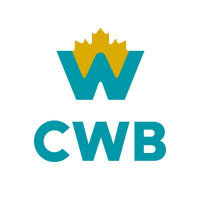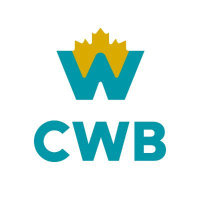
Canadian Western Bank
TSX:CWB

Canadian Western Bank
Canadian Western Bank (CWB), headquartered in Edmonton, Alberta, finds its niche in the vibrant financial ecosystem of Canada, specializing in business and personal banking that caters predominantly to Western Canada. Since its establishment in 1984, CWB has carved out a distinctive market position by focusing on small to medium-sized enterprises, commercial real estate, and specialized financial services. This focus allows CWB to maintain deep-rooted relationships with its clients, facilitating tailored financial solutions that larger banks might overlook. Its strategy rests on a unique combination of regional market knowledge with a personalized approach to banking, thus fostering a steadfast customer base that elevates its reputation and growth prospects in a concentrated geographical segment of the Canadian banking sector.
Enterprising and pragmatic, CWB's revenue model pivots around core banking services, including credit products, deposits, and cash management solutions, augmented by wealth management and trust services through its subsidiary arms. The bank generates income through interest on loans and charges on various financial products, deftly balancing traditional banking with niche offerings such as equipment financing and construction loans. By leveraging a rigorous risk management framework and a prudent lending strategy, CWB adapts to economic shifts within its operational regions, ensuring steady performance even amidst market fluctuations. This meticulous approach has not only cemented its reputation as a reliable financial partner for businesses and individuals but also secures its position as a resilient contender in the competitive landscape of Canadian banking.













































 You don't have any saved screeners yet
You don't have any saved screeners yet
